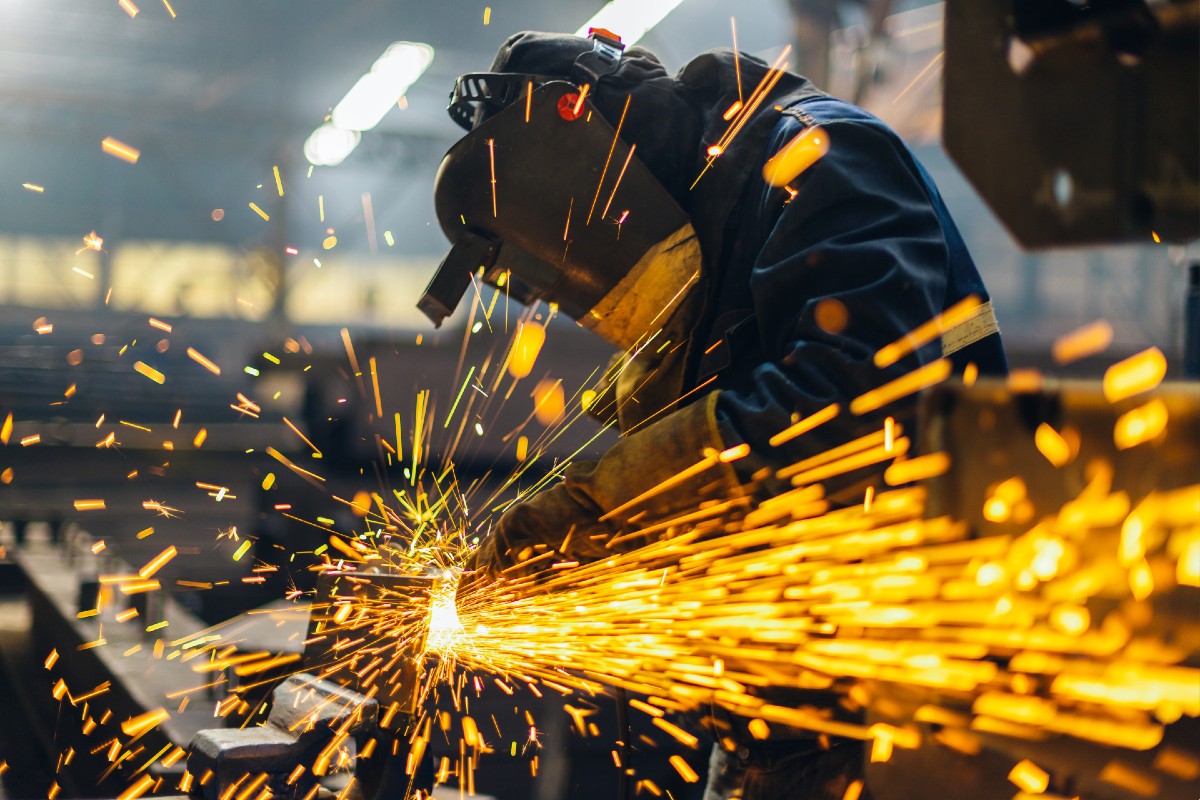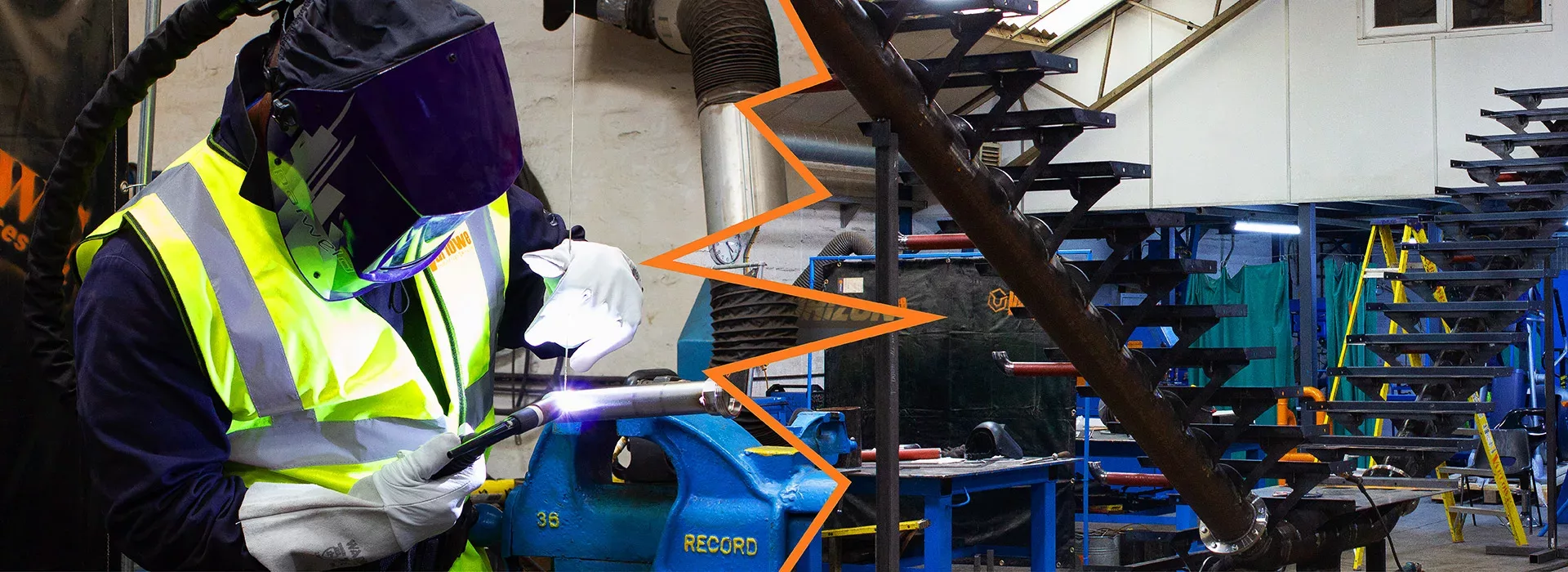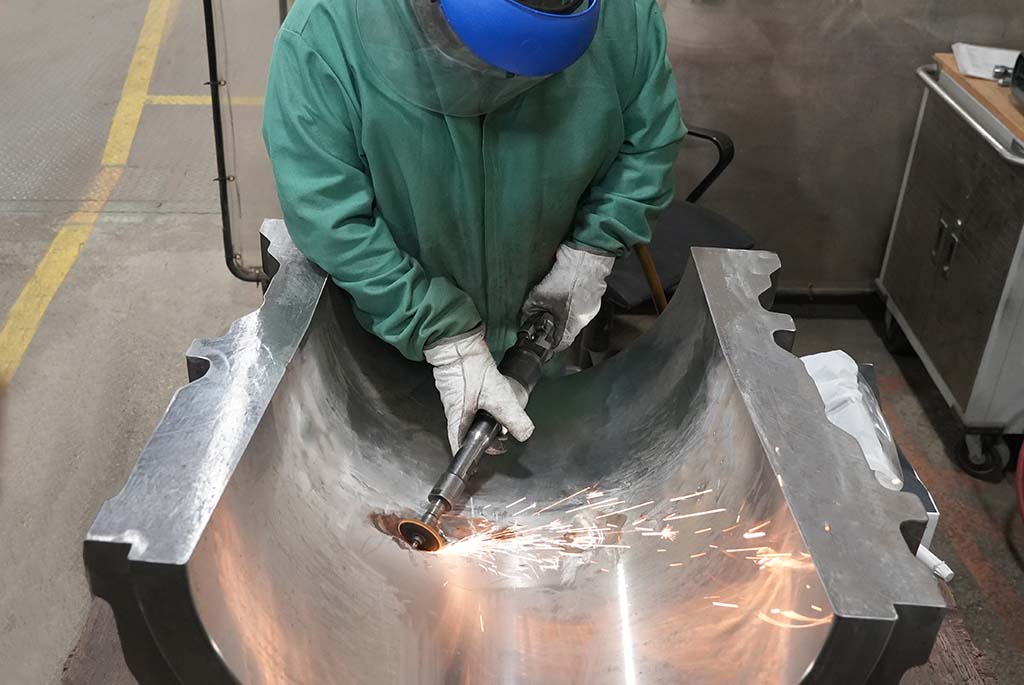Typical Welding Fixing Issues and Just How to Address Them Successfully
Welding fixings commonly come across a series of concerns that can jeopardize the honesty of the final product. Common problems consist of poor penetration, porosity, and imbalance, to name a few. Each problem presents unique challenges that call for specific approaches for resolution. Comprehending these concerns is crucial for welders aiming to boost their outcomes and abilities. This conversation will check out these common welding repair work concerns and efficient methods to address them.
Insufficient Penetration
Poor penetration occurs when the weld metal fails to completely fuse with the base product, resulting in weak joints and prospective architectural failures. This issue usually comes from inadequate heat input, inaccurate electrode angle, or improper welding speed. Welders might come across insufficient infiltration due to a miscalculation of the required parameters for a details material density or type. Additionally, contamination on the base material's surface area can impede reliable bonding, aggravating the issue. To address insufficient penetration, welders ought to guarantee proper settings on their tools and preserve a tidy job surface area. Routine inspection of welds is suggested to determine any type of deficiencies early, enabling timely modifications and the avoidance of compromised architectural honesty in welded settings up.
Porosity
Porosity is a common problem in bonded joints that materializes as tiny gas bubbles trapped within the weld metal. This flaw can jeopardize the honesty of the weld, causing lowered toughness and potential failure under anxiety. Fabrication. Porosity commonly occurs from contamination, dampness, or incorrect welding methods, which enable gases to leave right into the liquified weld pool. To attend to porosity, welders must assure proper surface prep work, keep a tidy working atmosphere, and make use of suitable welding parameters. In addition, picking the appropriate filler material and shielding gas can alleviate gas entrapment. Normal evaluation and screening of welds can help recognize porosity early, guaranteeing timely restorative actions are taken, thus preserving the top quality and reliability of the welded structure
Imbalance
Imbalance in welding can emerge from numerous elements, including improper arrangement and thermal development. Understanding the origin is crucial for efficient resolution. A number of correction strategies are available to realign parts and assure structural stability.
Root causes of Misalignment
Welding imbalance usually originates from a range of underlying issues that can jeopardize architectural honesty. One primary reason is improper fit-up of parts before welding, which can bring about spaces and uneven surfaces. Variations in thermal expansion during the welding procedure can additionally cause distortion, specifically if the products being joined have various coefficients of expansion. Furthermore, poor fixturing and securing may fall short to hold parts securely in position, leading to activity during welding. Improperly conserved tools, including welding devices and devices, might introduce variances in the weld bead, further adding to misalignment. Driver mistake, stemming from inadequate training or experience, can likewise play a substantial role in producing misaligned welds.

Correction Strategies Available
Attending to misalignment efficiently calls for a mix of restorative strategies tailored to the certain problems handy. One common method is using components or jigs to hold parts in the appropriate position throughout welding, making certain regular positioning. In addition, preheating the materials can help minimize distortion and improve fit-up. For considerable imbalance, mechanical realignment techniques, such as using hydraulic jacks or clamps, can be employed to deal with the position before welding. Post-weld warmth treatment might additionally be required to ease tensions triggered by misalignment. Careful assessment and adjustment throughout the configuration stage can avoid misalignment concerns from coming to be significant issues, promoting a smoother welding procedure and boosting total structural honesty.
Distortion
Distortion is an usual challenge in welding that can occur from numerous variables, including irregular heating & cooling. Understanding the causes of distortion is essential for applying efficient prevention strategies. Addressing this concern not only boosts structural stability yet also boosts the overall high quality of the weld.
Causes of Distortion
When based on the extreme warmth of welding, products usually go through changes that can result in distortion. This phenomenon mostly occurs from thermal development and tightening during the welding procedure. As the weld area warms up, the product increases; upon air conditioning, it contracts, which can develop inner stress and anxieties. On top of that, uneven heating across a workpiece can worsen these stresses, leading to bending or flexing. The kind of material additionally plays a substantial role; metals with varying thermal conductivity and coefficients of growth might react in a different way, causing unforeseeable distortions. Furthermore, inadequate joint style and poor fixturing can add to imbalance throughout welding, enhancing the probability of distortion. Comprehending these reasons is necessary for reliable welding fixing and prevention approaches.
Prevention Techniques
Efficient prevention techniques for distortion during welding emphasis on managing heat input and making certain correct joint layout. Preserving a constant warmth input assists to lessen thermal expansion and contraction, which can result in distortion. Using strategies such as preheating the work surface can likewise lower the temperature level gradient, promoting uniform home heating. Furthermore, picking proper joint designs, such as T-joints or lap joints, can boost stability and reduce anxiety focus. Carrying out correct fixturing to safeguard the workpieces in position further aids in preserving alignment during the welding procedure. Staggered welding sequences can distribute warmth extra uniformly, avoiding localized distortion. By using these approaches, welders can greatly reduce the chance of distortion and boost the overall high quality of their welds.
Breaking
Splitting is an usual concern come across in welding fixings, commonly arising from various variables such as inappropriate cooling prices, product selection, or inadequate joint preparation. The occurrence of fractures can significantly endanger the honesty of the weld, leading to potential failings during operation. To address this concern, welders should initially assess the source, ensuring that products work and suitably chosen for the particular application. Additionally, regulating the cooling rate during the welding process is necessary; rapid air conditioning can cause anxiety and result in splitting. Correct joint design and prep work also contribute to minimizing the danger. Carrying out these techniques can boost weld top quality and sturdiness, ultimately exothermic welding minimizing the probability of fracturing in finished weldments.

Insufficient Blend
A significant problem in welding repair services is insufficient fusion, which occurs when the weld metal does not sufficiently bond with the base product or previous weld passes - Montana Mobile Welding and Repair Belgrade. This issue can result in weaknesses in the joint, potentially endangering the integrity of the bonded framework. Factors adding to incomplete fusion consist of insufficient warm input, inappropriate welding technique, and contamination of the surfaces being signed up with. To address this issue successfully, welders need to guarantee correct pre-weld cleaning and surface area preparation, along with change their welding specifications to attain adequate penetration and combination. Normal evaluation throughout the welding process can also aid identify incomplete blend early, enabling prompt corrective steps to boost the overall top quality of the weld
Overheating
While welding repair services can boost architectural integrity, overheating presents a significant difficulty that can cause material destruction. Extreme heat throughout welding can modify the mechanical residential properties of steels, causing lowered stamina, increased brittleness, and warping. This phenomenon is especially essential in high-stress applications where structural reliability is vital. Identifying overheating can involve aesthetic inspections for staining or distortion, as well as monitoring temperature during the welding procedure. To minimize the dangers connected with getting too hot, welders must utilize suitable techniques, such as regulating heat input, changing travel rate, and using ideal filler products. Furthermore, implementing pre- and post-weld warm therapies can help bring back product residential properties and improve the overall quality of the repair, ensuring long-term performance and security.
Regularly Asked Inquiries
What Are the Usual Signs of a Welding Problem?

How Can I Examine My Welds for Top quality?
To check welds for high quality, one can utilize visual inspections, ultrasonic screening, and radiographic approaches. Each method ensures architectural honesty, determines issues, and confirms adherence to defined criteria, eventually enhancing the integrity of the bonded joints.
What Safety and security Preventative Measures Should I Take While Welding?
When welding, one ought to focus on safety and security by putting on appropriate individual protective tools, ensuring proper air flow, securing combustible materials away, preserving a tidy office, and recognizing environments to avoid injuries and crashes.
Can I Repair a Weld Without Remodeling the Entire Joint?
Fixing a weld without remodeling the entire joint useful content is possible, depending upon the damages (Montana Mobile Welding and Repair). Methods such as grinding, including filler material, or making use of a welding process can properly address particular imperfections while preserving the bordering structure
What Equipment Are Necessary for Reliable Welding Repair Works?
Important tools for effective welding repair services consist of a welding machine, cord brush, grinder, safety gear, clamps, and filler materials. Each tool plays a crucial role in making certain top quality and safety throughout the repair service process. Porosity usually emerges from contamination, dampness, or inappropriate welding strategies, which permit gases to get away into the liquified weld swimming pool. Badly kept devices, consisting of welding makers and tools, may introduce variances in the weld bead, more adding to imbalance. When subjected to click to read the extreme heat of welding, materials frequently undergo changes that can lead to distortion. Fracturing is a typical concern come across in welding repair services, often resulting from different elements such as inappropriate air conditioning rates, product choice, or insufficient joint prep work. A significant concern in welding repair work is incomplete fusion, which happens when the weld metal does not effectively bond with the base product or previous weld passes.